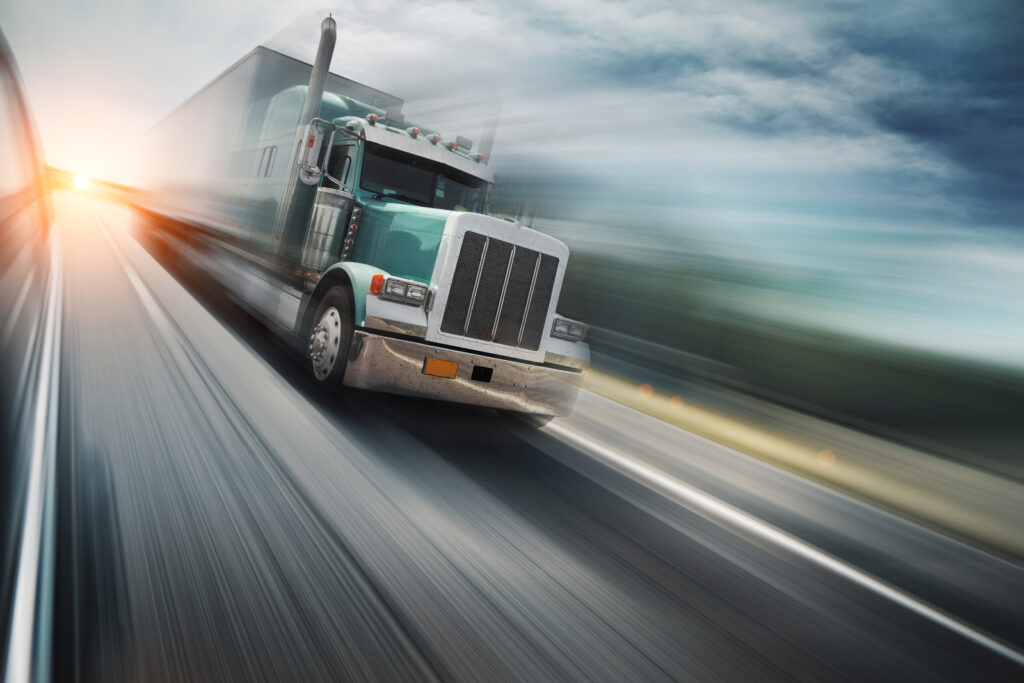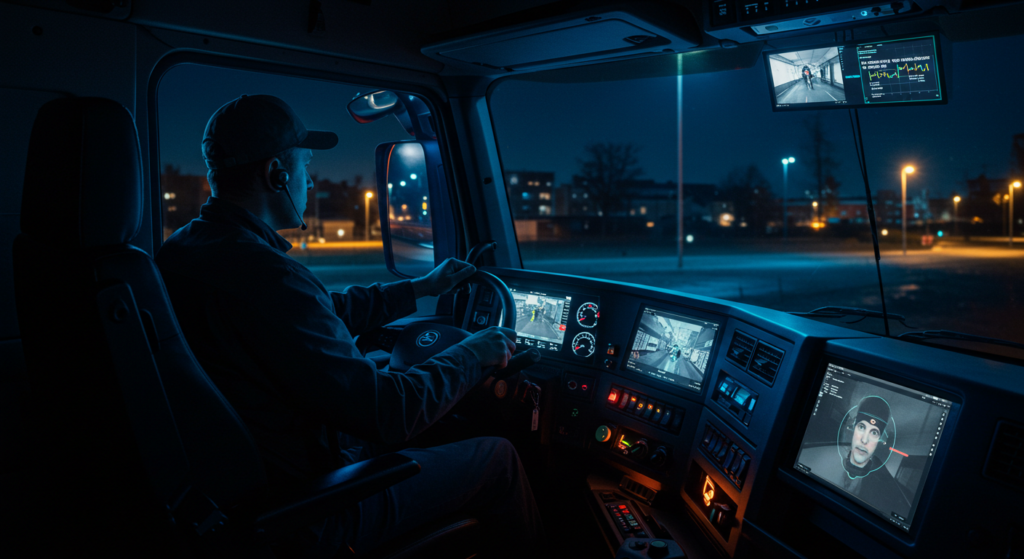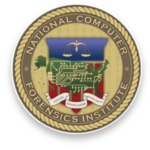Distracted driving remains a major cause of traffic accidents.
Its consequences are even more severe when it involves commercial trucks. The sheer size and weight of these vehicles (up to 80,000 pounds) amplifies the potential for catastrophic outcomes. These include serious injuries, fatalities, and extensive financial damage.
For attorneys handling trucking accident cases, proving that distraction played a role is often the cornerstone of demonstrating negligence.
Mobile forensics plays a critical role in these cases by uncovering vital digital evidence from a driver’s mobile device. This evidence can provide clarity on whether the driver was distracted, helping to build a stronger case.
In this discussion, I’ll dive into how mobile forensics is used in distracted driving cases involving commercial trucks, and I’ll also outline the types of evidence it can reveal and share best practices for collecting and presenting this evidence in court.
The Significance of Distracted Driving in Trucking Accidents
Distracted driving is a widespread issue, but its impact is particularly concerning in the trucking industry.
The Federal Motor Carrier Safety Administration (FMCSA) identifies distraction as one of the leading contributors to large truck accidents.
Some of the most common distractions are:
- Texting and Calling
- Using a phone for calls or messaging takes attention away from driving.
- App Use
- Drivers navigating apps like GPS or streaming platforms often shift focus from the road.
- In-Cab Technology
- Adjusting controls or interacting with dispatch systems can result in lapses of concentration.
- Eating or Drinking
- Consuming food or beverages while driving adds to inattention.
Demonstrating that a driver was distracted is often key to proving liability. This is where mobile forensics steps in.
How Mobile Forensics Supports Distracted Driving Cases
Mobile forensics involves retrieving, analyzing, and interpreting data from smartphones or other digital devices. This process is essential in distracted driving cases, particularly for attorneys representing accident victims. Here’s how it contributes:
- Text Messages and Call Logs: Evidence of texting or calls during the crash timeline helps establish distraction.
- App Activity: Logs of app use—like navigation or social media—can pinpoint when a driver’s attention was diverted.
- Location Data: GPS records and location history recreate a driver’s route and behavior leading up to the accident.
- Multimedia Files: Photos, videos, or voice recordings captured near the time of the crash can reveal distraction.
- Screen Time: Notifications and screen interaction records provide proof of phone use at critical moments.
Types of Cases That Rely on Mobile Forensics
Mobile forensics is invaluable across a range of trucking accident scenarios:
- Distracted Driving Accidents
- Establishing negligence through phone use evidence.
- Multi-Vehicle Crashes
- Reconstructing timelines to identify distraction as the cause of chain-reaction collisions.
- Pedestrian or Cyclist Incidents
- Demonstrating whether a driver’s focus was diverted at the time of impact.
- Wrongful Death and Catastrophic Injury Cases
- Proving distraction significantly influences damage awards.
Best Practices for Preserving and Using Mobile Evidence
To ensure mobile data is admissible in court, attorneys must follow strict guidelines:
- Act Quickly
- Mobile data is easily overwritten, so issuing a litigation hold is critical.
- Legal Compliance
- Secure subpoenas or court orders to access mobile devices and carrier records lawfully.
- Hire Forensic Experts
- Work with certified professionals to recover and analyze data without altering it.
- Maintain Chain of Custody
- Proper documentation prevents accusations of tampering.
- Use Approved Tools
- Ensure evidence is collected using validated forensic tools to preserve integrity.
Presenting Mobile Evidence in Court
Digital evidence can be complex. Presenting it clearly is key to persuading juries and judges.
- Expert Testimony
- Forensic professionals explain the data and its implications.
- Visual Aids
- Timelines, charts, and maps clarify the driver’s actions and distractions.
- Impartial Evidence
- Highlight the objectivity of data collection to strengthen credibility.
Challenges in Mobile Forensics
While powerful, mobile forensics faces obstacles such as encrypted devices, privacy concerns, and data overload.
Working with skilled forensic examiners is essential to navigating these challenges.
- Encryption and Passwords
- Modern smartphones often have advanced encryption, making it difficult to access data without proper authorization.
- Data Overload
- Mobile devices store vast amounts of data, and filtering out irrelevant information requires expertise and time.
- Privacy Concerns
- Accessing personal devices must be done in compliance with privacy laws to avoid legal complications.
- Device Damage
- If a phone is damaged in the accident, recovering data may require specialized hardware and techniques.
Why Choose Mako Forensics?
At Mako Forensics, we specialize in uncovering the truth through precise and unbiased mobile forensic services. Our expertise includes the following:
- Conducting thousands of forensic examinations, including distracted driving cases.
- Using advanced tools to retrieve critical evidence while maintaining its integrity.
- Providing court-ready reports and expert testimony tailored to each case.
- Offering personalized, client-focused service for attorneys.
Distracted driving in trucking accidents often has life-altering consequences. Mobile forensics provides the tools attorneys need to prove negligence and secure justice for victims.
At Mako Forensics, we’re here to help you uncover the truth and build compelling cases.
Contact us today to learn how we can assist in your distracted driving cases.









